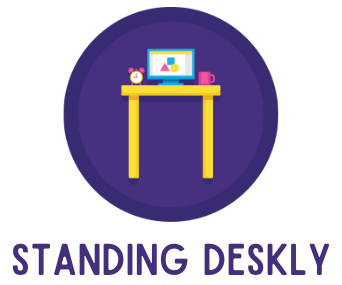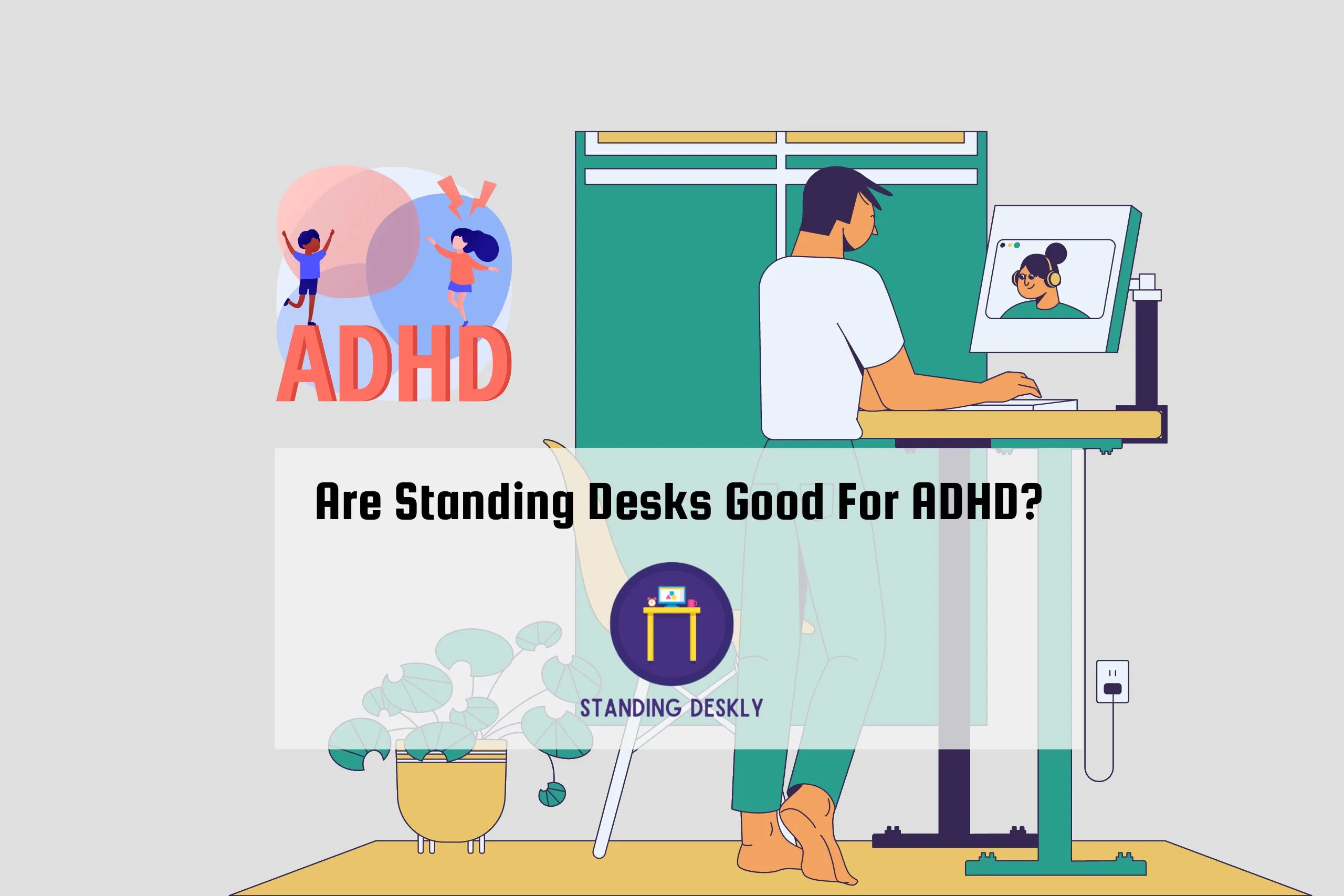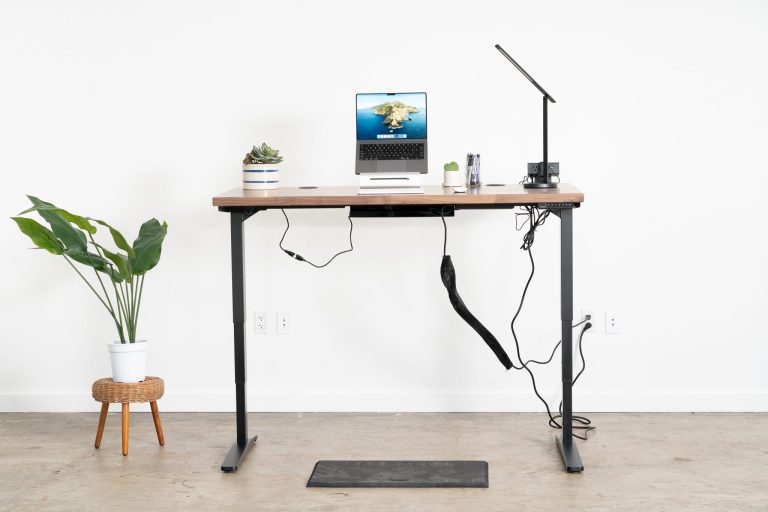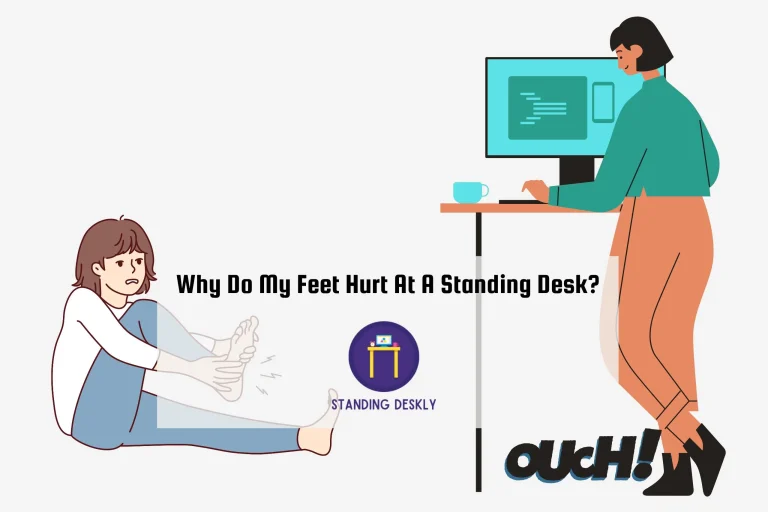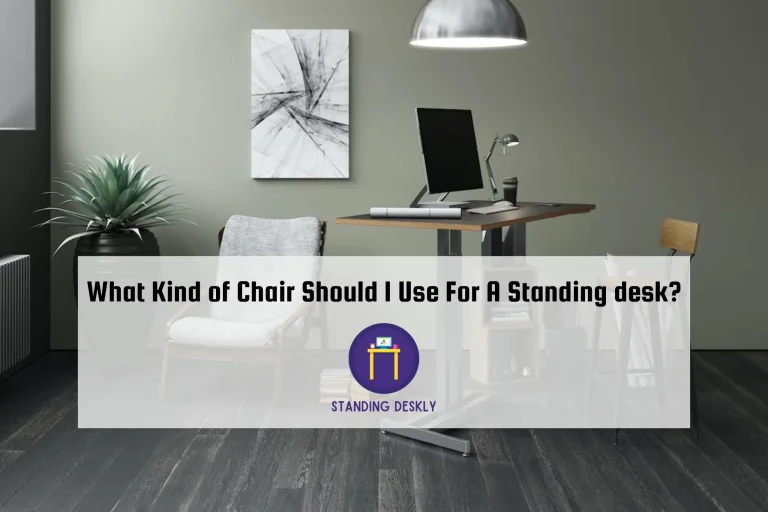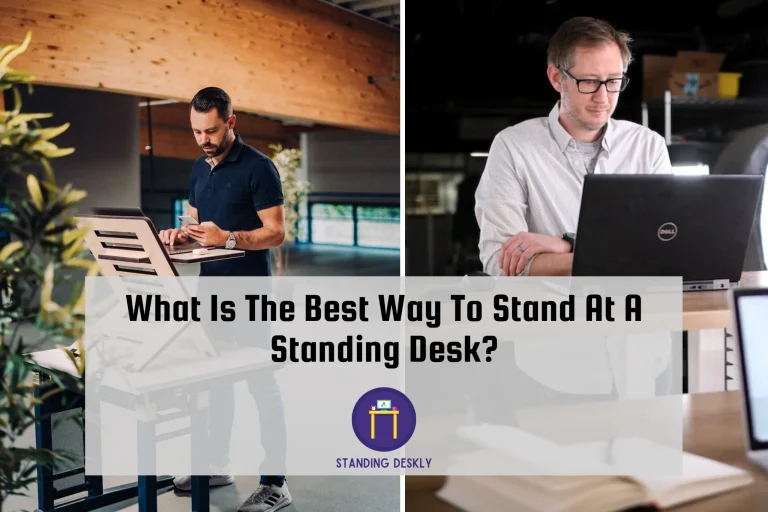Are Standing Desks Good For ADHD?
Yes, standing desks are good for ADHD. Research has shown that standing while studying or working can have beneficial effects on those with ADHD. For this reason, many people are turning to standing desks in an effort to improve their concentration and focus.
Studies show that using a standing desk can help people with ADHD stay more alert, feel less restless, and be more motivated to get things done.
Standing also seems to help people with ADHD think more creatively by making it easier for them to stay on task longer and reduce distractions.
Additionally, standing increases blood circulation, which may lead to increased energy levels throughout the day. This extra energy could then be used to tackle hard tasks or keep your mind on the task at hand during boring work.
How Can I Make My Desk More ADHD-Friendly?
Making your desk more ADHD-friendly doesn’t have to be a daunting task. Even simple changes can help create an environment that’s conducive to focus and productivity. Here are some tips for creating an ergonomic workspace that works best for those with attention deficit hyperactivity disorder (ADHD).
Firstly, it’s important to make sure your desk is the right height. For a standing desk, try to keep the top surface at elbow level when standing. If you’re using a sitting desk, make sure you can easily reach the keyboard and mouse without having to strain your shoulders or neck. It’s also important to ensure that your monitor is at eye level, so you don’t have to crane your neck up or down while looking at it.
Another key factor in making your workspace more ADHD-friendly is the use of ample lighting. Natural light is best, but if that isn’t available, then consider investing in adjustable task lighting. This will allow you to control how much light there is in order to maximize comfort and focus while working.
Noise can be another major distraction for those with ADHD, so consider investing in soundproofing material like foam tiles or acoustic panels if necessary. Having white noise machines or soundproof headphones handy can also be helpful for blocking out unwanted noises and staying focused on the task at hand.
Finally, keeping organized can help reduce distractions and anxiety, which are common among those with ADHD. Investing in shelves, boxes, and other organizational tools can help keep things tidy and minimize clutter on your desktop or work area. This way, everything has its place, making it easier to focus on what needs to be done!
Does Standing at the Desk Aid Concentration?
Standing desks have been proposed as a way to help people with ADHD stay focused while working. Studies have shown that standing rather than sitting can help individuals with ADHD stay on task and avoid distractions. For example, one study found that students with ADHD who used standing desks in their classrooms had improved attention spans compared to those using regular desks.
The increased movement associated with standing also helps keep the mind active and alert, which can be beneficial for those with ADHD, whose minds tend to wander.
Additionally, standing can help reduce physical tension, which can improve focus and performance. However, it is important to note that while standing desks may be helpful for some people with ADHD, there is no one-size-fits-all solution when it comes to managing symptoms of the disorder.
Should You Stand All Day At A Standing Desk?
The short answer is no. While it’s beneficial to take frequent breaks from sitting throughout the day, there is no scientific evidence to suggest that standing all day is beneficial for your health.
In fact, if done haphazardly or without proper ergonomics in mind, standing at your desk can lead to increased fatigue and discomfort.
The best way to use a standing desk is to combine it with regular bouts of sitting and walking throughout the day for an optimal balance of activity levels.
Where Should an ADHD Student Sit?
When it comes to students with ADHD, finding the right desk setup can be a challenge. While standing desks have been shown to improve focus, they may not be the best option for a student with ADHD. Instead, it is important to find a desk setup that accommodates their needs and preferences.
One way to make a desk more suitable for someone with ADHD is to incorporate adjustable features such as height-adjustable desks or ergonomic chairs that allow for frequent movement and posture changes. Having the ability to adjust your desk (or chair) allows you to find a comfortable position that helps maintain focus without causing strain or discomfort. Additionally, adding an armrest can provide extra support when sitting in one position for extended periods of time.
Also, it’s important to consider how the desk is set up in relation to other distractions in the room. For instance, if there is a lot of noise outside, try placing the desk away from any open windows or doors on an interior wall where there is less of a chance that outside noises will distract you.
Finally, having access to supplies like notebooks and pens nearby can help keep things organized and reduce the need for frequent trips away from the desk, which may disrupt concentration levels. Similarly, having items like stress balls and fidget toys close by can also help provide an outlet for restlessness, which might otherwise be disruptive during work time.
When setting up your home office, it’s important to find a comfortable place to work, especially if you have ADHD. Take the time to think about different ways to create an environment that will help you stay focused and productive throughout the day.
Conclusion
In conclusion, standing desks can be a great way to help manage ADHD symptoms. Not only do they provide an opportunity to move around while studying and working, but they also offer unique benefits such as improved blood flow and increased focus.
However, it is important to remember that the right desk for each person with ADHD is different. Some may prefer to stand all day, while others may benefit more from sitting at a traditional desk.
Additionally, it is important to find the right posture and positioning of the chair and monitor to make sure that the individual’s needs are met. Ultimately, it is up to the individual with ADHD to make sure they have found a setup that works best for them in order to stay focused and productive throughout their day.
Hey there!
I hope you’re enjoying the article you’re reading! I value your feedback and would love to hear your thoughts on how to improve it. If you have any suggestions, please feel free to send an email at editorial@standingdeskly.com along with the article URL.
Thank you for taking the time to help me improve my content. Your suggestions are greatly appreciated!

I’m the author and developer of Standingdeskly, the go-to site for standing desk enthusiasts. I provide comprehensive reviews of standing desks along with office setup tips. Combining years of research and personal experience, our goal is to make it easy for you to find the perfect standing desk tailored to your needs.
